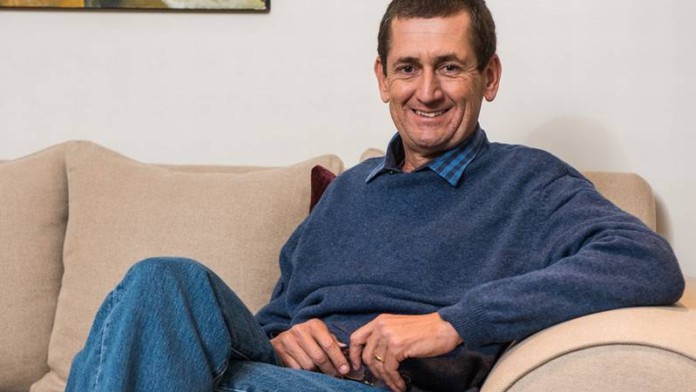
I DO love a good mining conference and the Junior Indaba is as good as they come thanks in large part to chairman Bernard Swanepoel’s “no holds barred” hosting style, although even he met his match this time around in the form of Irish serial mining entrepreneur John Teeling.
Swanepoel – a man I have always felt could have been another Barry Hilton [South African comedian] had he followed a different career path – was outshone by Teeling who demonstrated not only that he had a superior “gift of the gab”, but he was also a better comedian which Swanepoel ruefully acknowledged.
Teeling delivered a fundamental truth which is that you invest in junior mining and exploration shares at your very real financial peril. Using that as a starting point let’s take a look at a couple of key examples gleaned from the two day conference last week.
“One man’s meat is another man’s poison” was one clear message from the verdicts handed down by analyst Peter Major of Cadiz Corporate Solutions who Swanepoel used as a “hatchet man”, delivering swift judgement on the companies presenting in a section dubbed “Major facts and fiction.”
Major appeared to prefer the prospects for an ASX-listed junior called Stonewall Resources above those of DRDGold on the grounds that DRDGold has under-performed over the long-term and is overwhelmingly dependent on the gold price for its fortunes while Stonewall controls extensive underground deposits that are high-grade.
I disagree and, in the interests of full disclosure, let me state upfront that I own DRDGold shares. The investment trick here, as spelt out by Teeling, is that you have to be a “good seller as well as a good buyer”. In Teeling’s assessment most investors are bad sellers.
Stonewall owns the former TGME assets around Sabie and Pilgrims Rest in Mpumalanga which nobody has made money out of in the last 40 years – least of all Stonewall – which followed in the footsteps of previous attempts by the former Simmer and Jack Mines, DRDGold, and the former Rand Mines.
Stonewall listed in 2012 with then founder and CEO, Lloyd Birrell, making the incredibly optimistic predictions that production would rise to 41,000 ounces annually by the end of 2013 and 205,000 oz/year by the end of 2016. It did not happen.The last quarterly report which actually reported some output was in September 2013 when Stonewall produced just 1,280oz of gold.
So Stonewall now has a new management, a new board and new a shareholder base, but it’s selling the same old story – this time hyped as “reawakening a giant gold field”. When Simmer and Jack owned TGME they talked about developing a “new Carlin Trend”. Latest predictions are to restart operations in early 2018 and hit production of 100,000 oz of gold annually by 2019.
Birrell has moved on to establish Birrell Mining and appears to be looking at listing the Klipwal gold mine near Piet Retief in Kwa-Zulu Natal.
Interesting bit of news from the Junior Indaba was that the chairman of Birrell Mining is none other than former Harmony CEO, Graham Briggs, who gave the presentation on the company.
Another familiar story at the conference was that of the development of the great potential of Botswana’s coal resources to meet the “growing coal and energy demand in the SADC region as a result of chronic power shortages.”
It’s a great story based on some solid fundamental truths but a number of juniors – most notably the former CIC Energy – have previously failed horribly in trying to make it happen thanks largely to the complexities of Southern African politics and the intransigence of Eskom.











